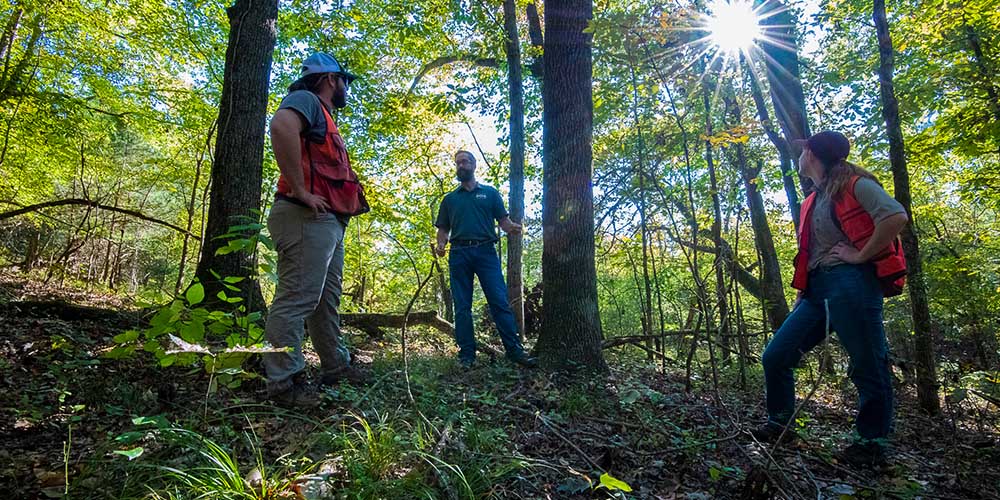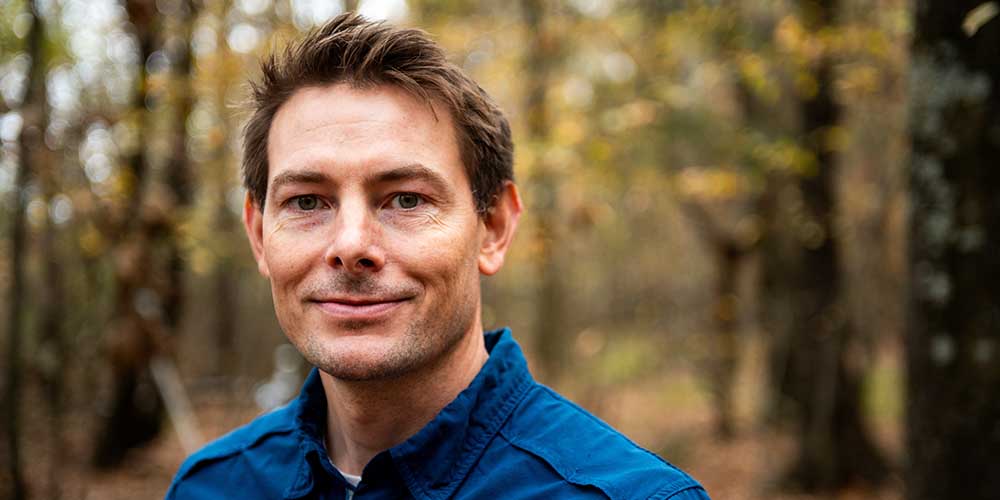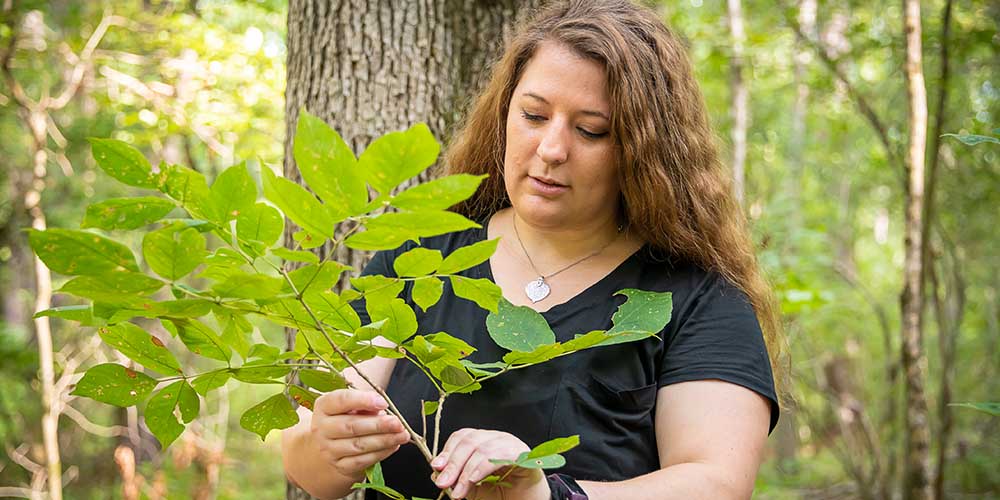Forest Biology and Watershed Management Stories

Ash’s Fight for Life
As the emerald ash borer wreaks havoc on ash trees, FWRC researchers seek to control the insect and plan for long-term restoration efforts when an invasion takes place. Dr. Josh Granger, assistant professor in the Department of Forestry, said while scientists can’t prevent the pest from killing trees, they have learned that diversifying stands provides forest managers with control and restoration efforts. Samples were taken from 37 states supporting at least one of the six native ash species found in the eastern United States. The team found that plots with white, green, and blue ash had a higher tree species diversity than those with black, Carolina, or pumpkin ash. The work helps them plan for specific ash species with small ranges where there won’t be a lot of alternatives for replacing them.
“The big thing to do is to prepare ahead of time. Look at ways that you can incorporate other native or valued species into the system,” Granger said. This research was funded by the McIntire-Stennis Cooperative Forestry Program. Data was collected from the Forestry Inventory and Analysis Program.
2020

Afforestation Benefiting the Environment
The USDA's Conservation Reserve Program (CRP), established nearly 40 years ago, has evolved from focusing on soil and water quality to addressing climate change by reducing greenhouse gases through carbon sequestration. Researchers at Mississippi State's Forest and Wildlife Research Center (FWRC), led by Dr. Austin Himes, are working with the USDA to assess the greenhouse gas contributions of CRP forested land. Their goal is to calibrate the DayCent model, which simulates greenhouse gas fluxes, by comparing the emissions and sequestration in CRP forests versus agricultural land. The team has measured greenhouse gases at 49 hardwood and 24 pine sites across multiple states and plans to expand their research. They aim to improve the accuracy of the DayCent model and better understand the impact of these forests on climate change mitigation.
The project also provides valuable field experience for students, particularly those working on greenhouse gas research. Despite challenges, the research has been exciting and provides insights that will aid USDA efforts in reducing greenhouse gases through conservation programs.
2023

Anticipating Invasive Insect Impact Before the Threat Arrives
Invasive insects, like the emerald ash borer and the redbay ambrosia beetle, wreak havoc on native ecosystems, kill hundreds of millions of trees, and cost hundreds of millions of dollars per year in lost revenue, management costs, and loss of ecosystem services in North America. Dr. Ashley Schulz, assistant forestry professor, is part of a team working to predict whether insect species will highly-impact North American conifers and hardwoods before they arrive here. team has a dataset of 300 European insects that have not yet arrived in North America and is establishing a baseline to determine which insects will be risky. The work was published in Biological Invasions and the team is now incorporating their models into a new pest predictor tool for i-Tree, a peer-reviewed software suite from the USDA Forest Service and Davey Tree Expert Company that produces forestry analysis and benefits investment tools. The research is funded through the United States Geological Survey John Wesley Powell Center, the USDA Forest Service National Urban and Community Forestry Advisory Council, and the MSU Forest and Wildlife Research Center.
Collaborators include the University of Maine, Dartmouth College, the University of Georgia, Colorado State University, Arkansas State University, University of Wisconsin, University of Washington, University of Nebraska, the USDA Forest Service, the United States Geological Survey Southwest Biological Science Center, and Davey Tree Expert Company.